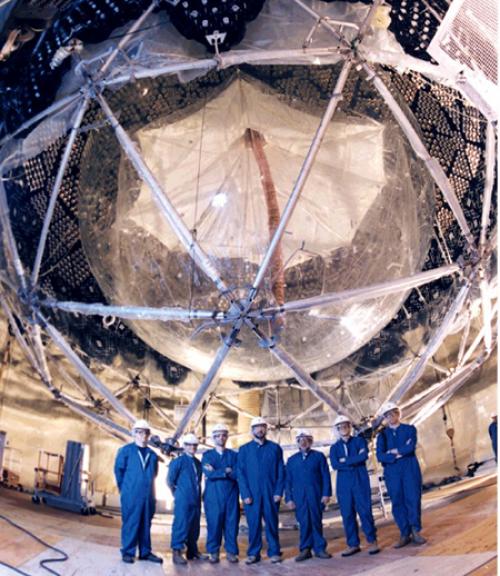
 Department Homepage
The College of Arts & Sciences
Department Homepage
The College of Arts & Sciences
Physicist's experiments resolve nature of neutrinos
As a graduate student Peter Wittich, associate professor of physics, worked at the Sudbury Neutrino Observatory (SNO), located in an active nickel mine in Ontario, Canada. The observatory is deep underground to block out background radiation from other particles.




